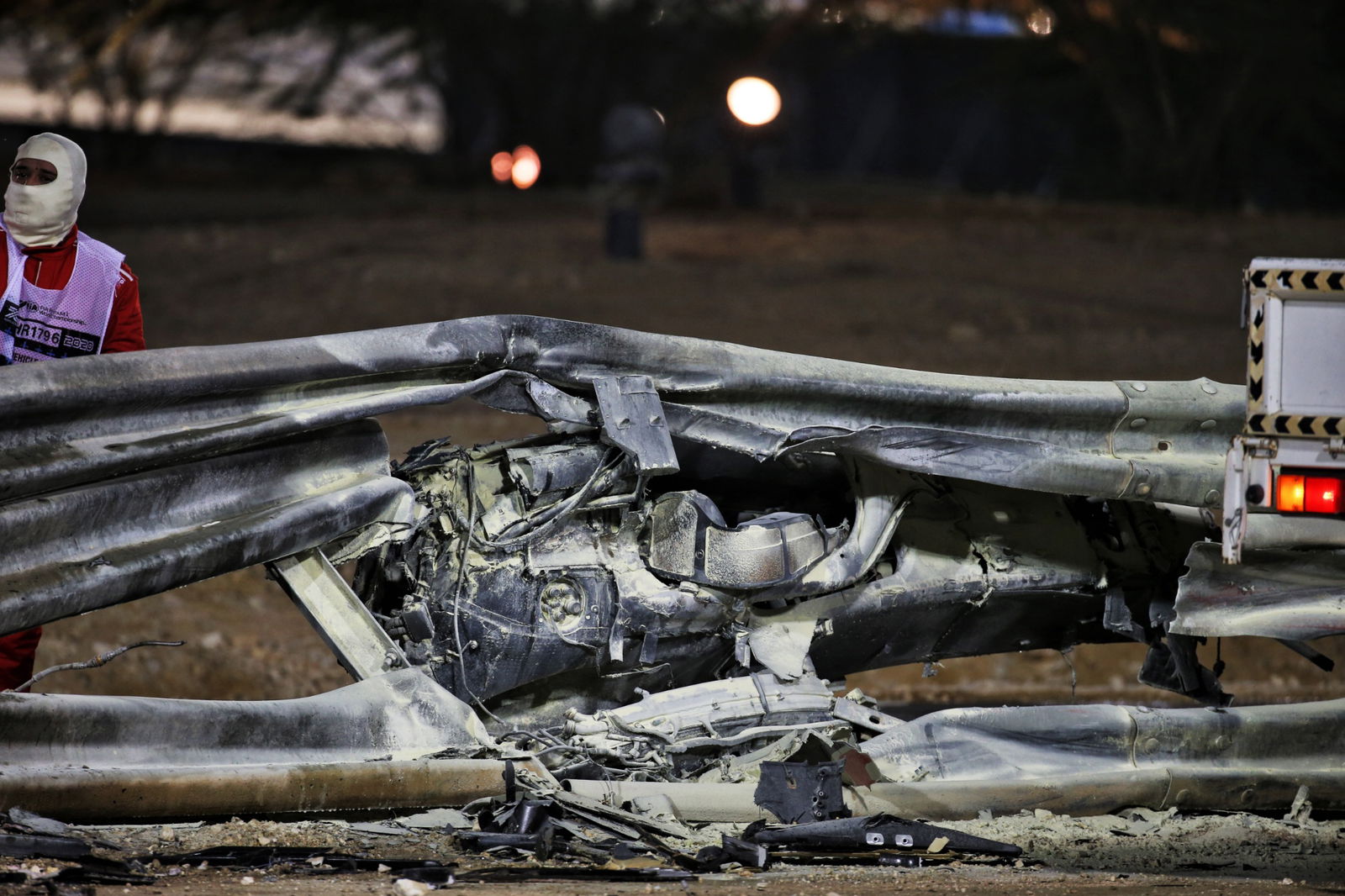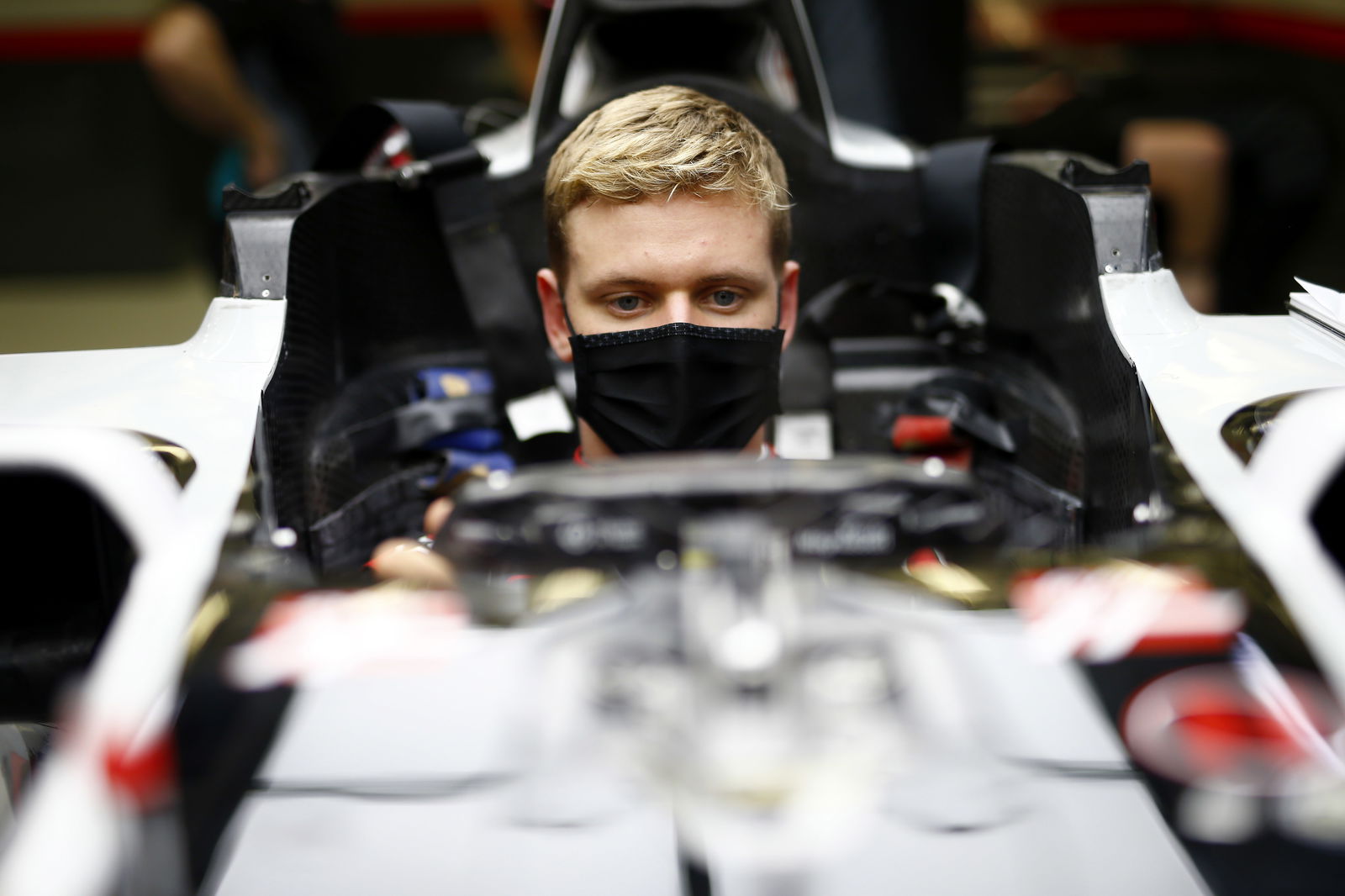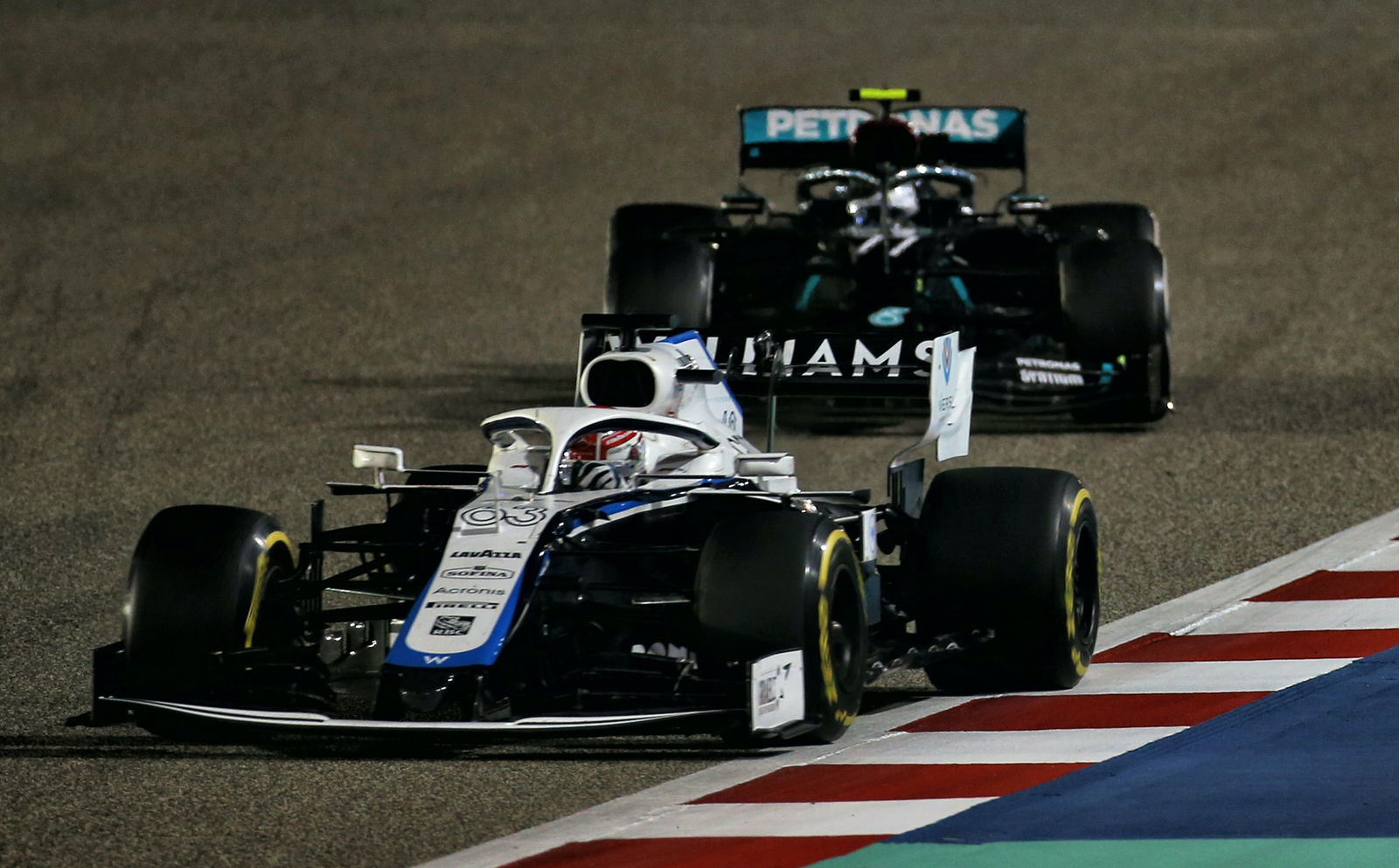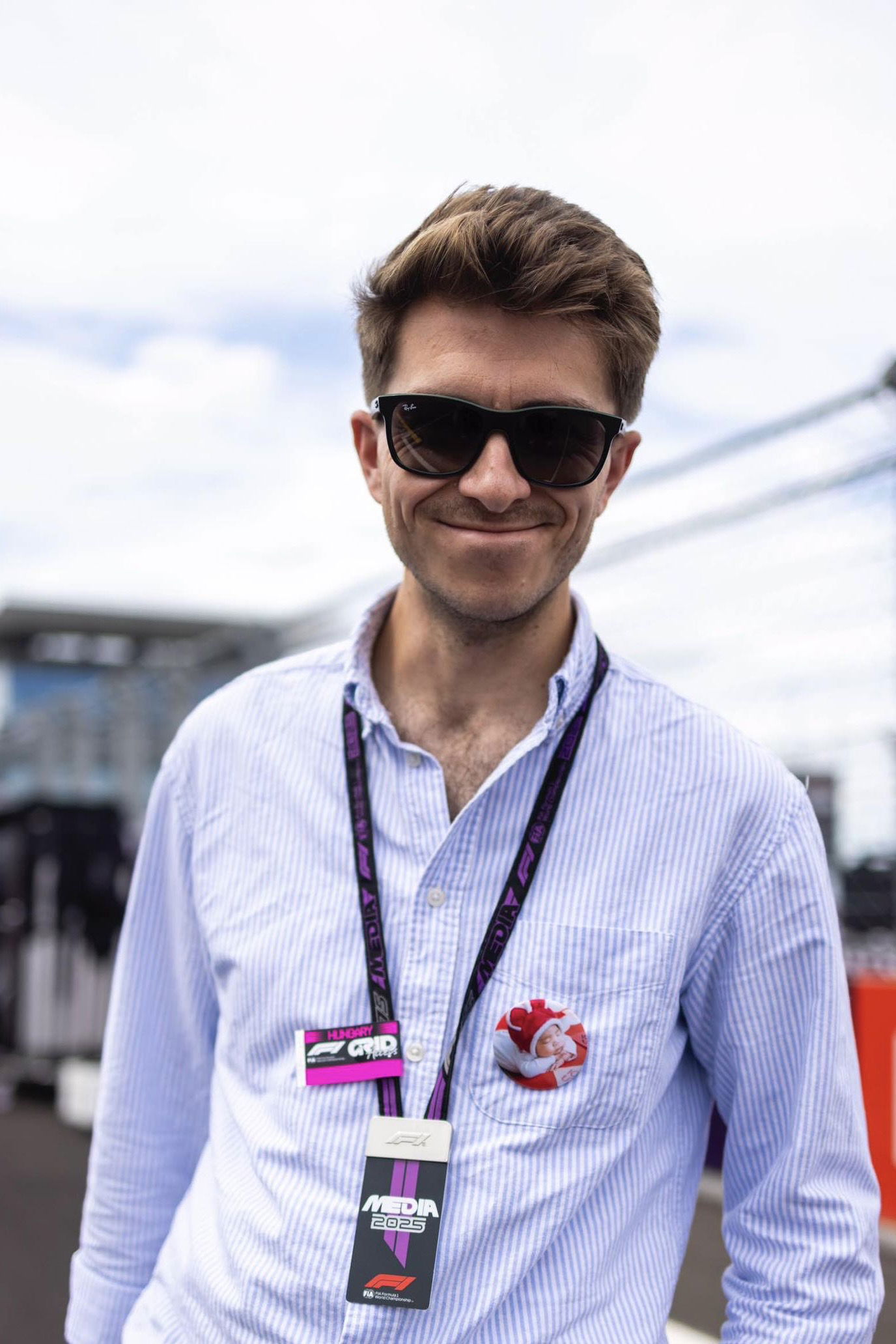FIA begins investigation into Grosjean’s F1 Bahrain GP crash

Formula 1’s governing body, the FIA, has launched its investigation into Romain Grosjean’s horrific high-speed accident at the Bahrain Grand Prix.
Grosjean suffered a head-on crash with the Turn 3 barriers on the opening lap of last weekend’s race in Sakhir, with his Haas car splitting into two on impact before bursting into flames.
The Frenchman miraculously escaped the scene of the accident with burns to his hands and was discharged from hospital on Wednesday after three nights while his injuries were treated.
On Thursday the FIA confirmed that it had begun its investigation into the accident, working alongside all parties involved, including the Formula 1 promoter, the Haas F1 Team and the Grand Prix Drivers’ Association (GPDA).
The FIA says the investigation will “look at all areas including competitor safety devices such as the helmet, HANS, safety harness, protective clothing, survival cell, headrest, in-car extinguisher system and the Halo frontal cockpit protection.
“Analysis will also include chassis integrity and the safety barrier performance for an impact of that energy and trajectory. It will also assess the role of the track marshals and medical intervention team.”
Data will be gathered from the various video streams, including the high speed camera equipped to all F1 cars which faces the driver, capturing 400 frames per-second to reveal in slow motion what happens during an accident.
Grosjean’s accident was believed to be clocked at 137mph and registering a force of 53G. His in-car Accident Data Recorder will reveal the speed and forces on the car, while the in-ear accelerometers worn by every driver will measure head movement in a crash.
The FIA’s investigation is expected to take around six to eight weeks before publishing a report detailing its findings.
“As with all serious accidents, we will analyse every aspect of this crash and collaborate with all parties involved,” said FIA Safety Director Adam Baker.
“With so much data available in Formula 1, it allows us to accurately determine every element of what occurred and this work has already begun.
“We take this research very seriously and will follow a rigorous process to find out exactly what happened before proposing potential improvements.”



